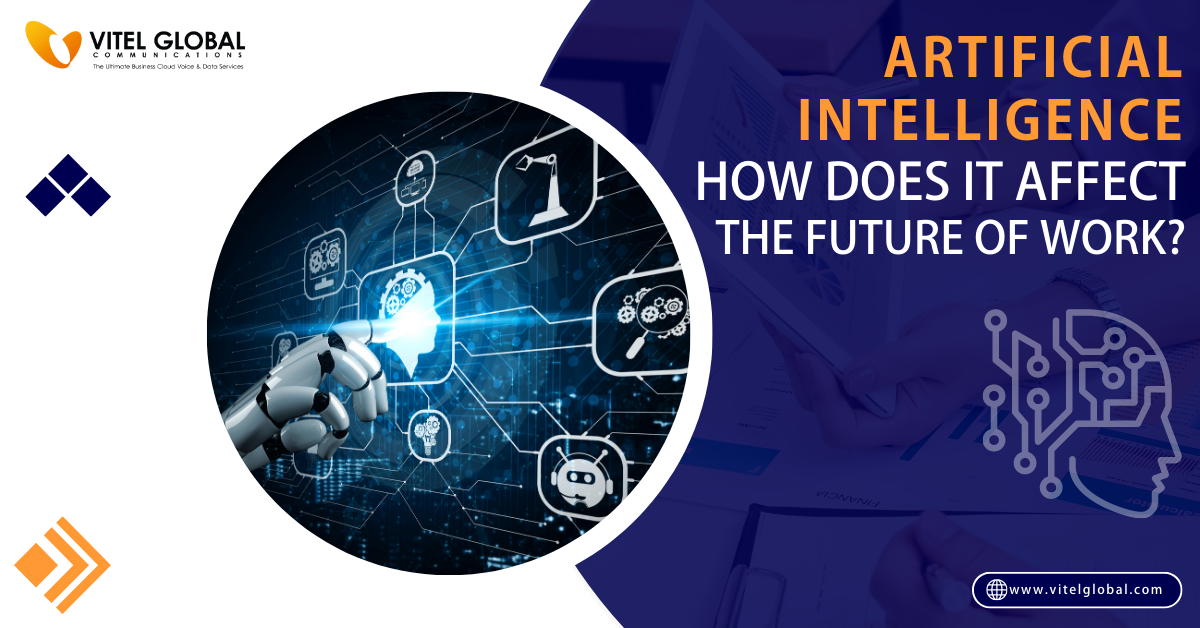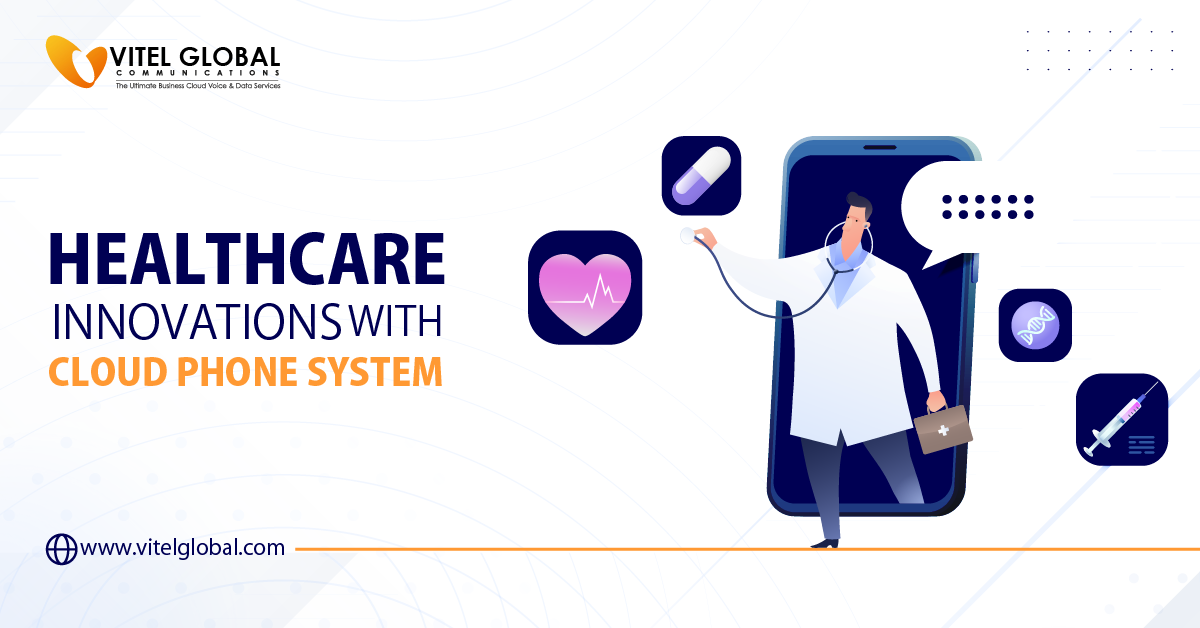5 Emerging Technologies Disrupt Industries In 2023

4 min read
In 2023, the market value of the five emerging technologies below has reached $1 trillion: Blockchain (software), Augmented Reality, Virtual Reality, artificial intelligence and deep Learning, and nanotechnology.
In this article, I will explore how these technologies impact industries:
- Changing industry structures from vertical to horizontal,
- Creating new technology-enabled business models, and
- Changing consumption behaviour.
Employees in this digital era create products and ideas, not just with their hands or minds. They also use AI and robotics to produce products at high speed. These technologies are changing what a product can be. Robots are used not just as an automated alternative to manual labour but also to explore new possibilities in materials and manufacturing. New ideas reflect how products are designed, manufactured, and experienced.
The Five Technologies
These tools allow industries to experiment with products that cannot be made or sold, delivering a more immersive customer experience. At the same time, they wait for the actual product to become available.
The accelerated pace of technological progress has led to concerns that science and technology are replacing human workers. It is hard to imagine a world without people, but what about industries like manufacturing, transportation, and construction? Although still present in 2023, five emerging technologies have disrupted these industries. These technologies are giving rise to new jobs that focus on weaving data into a product or service, which provides the industry with a greater understanding of its customers’ needs.
Blockchain
Traditional cloud-based services have been around for enough time now that we are starting to understand their shortcomings.
Blockchain technology is poised to be in the hot seat of many technologies lists, as this disruptive technology can replace traditional phones with cloud-based business phone services. Blockchain technology will offer new levels of security and transparency (even with the government), better flexibility, and reduced cost. Although an internet connection is a requirement, the need for enhanced security is crucial due to widespread data loss caused by incidents like Equifax, NotPetya and WannaCry hacks, as well as surveillance by entities beyond the US government. Most blockchain services will come from new startups but make no mistake, some big players will also use blockchain technology to improve their services.
Share and distribute the data securely among many computers on the internet from the database. The critical use case for blockchain is to store data, as it is not susceptible to existing traditional databases such as Oracle or SQL Server that can be hacked/compromised by external malicious parties. Industries like healthcare, financial services, transportation, logistics, and retail have the potential to leverage blockchain technology.
Augmented Reality
Augmented Reality is a technology that will be on a device the user can wear. With Augmented Reality, real-world objects, images, or videos can supplement with relevant information such as Wikipedia entries, 3-D models, or digital currency prices.
Augmented Reality is already changing how people do business, offering a new way to communicate with customers and employees. The retail and hospitality industries are expecting to utilize AR in 2023 to introduce VR assistance that can effortlessly download and can implement on a large scale. Companies will benefit from greater workforce productivity by enabling workers to learn on the job rather than attending a training course. This dedication to the assignment will also allow industries to modify their products or services without needing large-scale investment in human capital.
Virtual Reality
Virtual Reality is an immersive experience that enables users to interact with digital surroundings via various devices, from headsets to AR glasses. The user is fully immersed while real-time data is created on the device itself. For example, the user can control the virtual environment of a car with their own hands.
Virtual Reality is a technology that can disrupt as many industries as Netflix did in its first few years. This post explores how VR will change content distribution, media production, and manufacturing. There is a prediction that by 2023, approximately 80% of all Americans will be using reality headsets for personal entertainment. Let’s explore why this is going to happen.
Virtual Reality is experiencing a popularity boom, with headsets going for as little. Although headsets seldom outperform their desktop counterparts. It prevents from surpassing all other gaming platforms, attracting more than 300 million users worldwide. By an estimation, VR gaming consume 72% of the content in 2023, while the remaining 28% will comprise traditional media such as television and film. The above data provide a glimpse into what VR can do for businesses and industries relating to media production and distribution; however, this technology is much more than just video games.
Artificial Intelligence (AI)
Artificial Intelligence (AI) is an advanced field of computer science that describes machines that can perform tasks that usually require human intelligence. Examples include signals and voice recognition, autonomous vehicles, intelligent robots, and facial recognition. Even business phone systems incorporate AI technology.
Robotics is emerging as the technology of choice for many manufacturing companies to increase productivity and innovation. More sophisticated robotics will allow companies to scale up product development faster by reducing the amount of human labour required.
Deep Learning
Deep Learning refers to machine learning techniques in artificial intelligence. Attempts to create intelligent systems from large data sets. By using neural networks to ‘learn’ – or adapt – in ways similar to the human brain. Machine learning offers methods for pattern recognition, speech and language processing, data compression, data mining, and automated reasoning.
Furthermore, wearable devices provide sensory input, such as augmented Reality or Virtual Reality. It has changed how companies interact with customers.
Conclusion
These technologies enable industries to deliver faster and more personalized service, supporting high-value jobs with higher wages. These five will continue to transform industries in 2023. Allowing the companies to have a new level of experience that is impossible today.
Emerging technologies like artificial intelligence (AI), the Internet of Things (IoT), VR and augmented Reality (AR), machine learning, drones, and robotics are beginning to become topics of interest outside of their respective industries as more people start to see how these technologies are disrupting society. All of these emerging technologies have one thing in common. They commonly rely on cloud centre solutions to be successful. Blockchain offers an alternative solution to storing data in the cloud. For making it more secure and transparent- something current services cannot do.
Innovative Technologies with Innovative Decisions
Improve efficiency and Stay ahead of the curve
Published: March 21st, 2023
Subscribe to Our Latest Updates
Get monthly product and feature updates, the latest industry news, and more!







